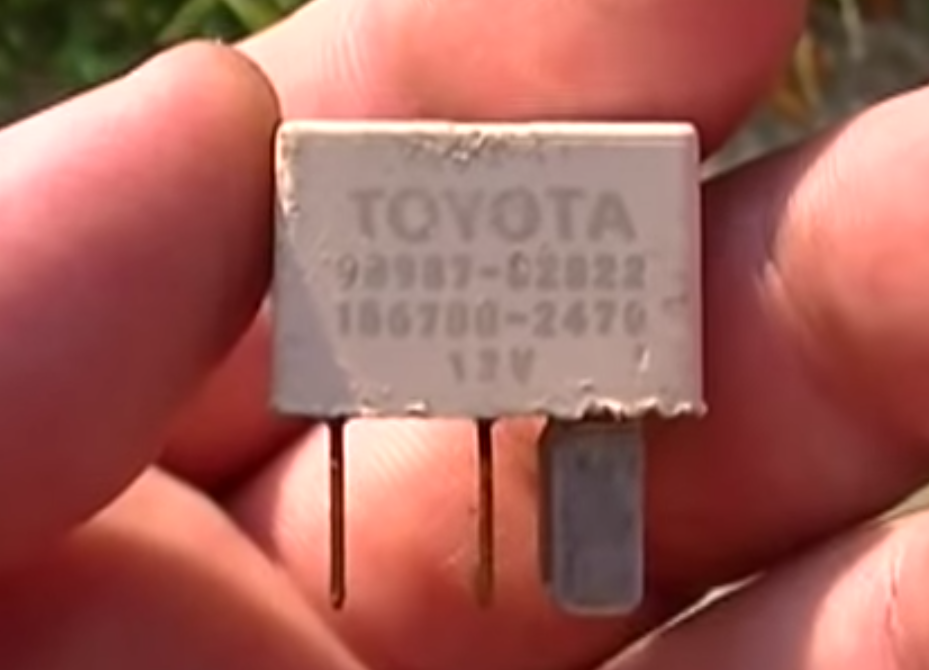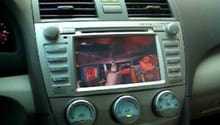Toyota Camry: A/C Diagnostic Guide
Air conditioner problems can be hard to figure out. Thankfully, this guide will help you fix it yourself.
This article applies to the Toyota Camry (1997-2011).
A working A/C is one of the most basic, but essential, features in a car. It can make the difference between a delightful drive and a sweltering and miserable commute, so it's clearly a high priority to fix. The problem is it can be hard to diagnose if you don't know what to look for. Taking a look at the problem yourself can help you narrow down the causes. What often happens is that shortly after starting the car, the A/C light starts blinking and the A/C stops blowing cold air. This usually indicates a problem with the compressor which gives you a good place to start for your troubleshooting.
Step 1 – Check the relay
Open the hood and look in the fuse box for the white relay. It should be labeled as MGCLT. Inside your engine compartment is a pulley with a magnetic clutch and the power for it goes through the white relay. If you start the car and turn on the A/C, the magnetic clutch should engage and start turning the compressor pulley. If it does not, then there may be something wrong with the relay. Take the relay out and hit it a couple times. Then plug it back in. Sometimes this will work, but if not it will require a new relay.

Continue to Step 2 if this does not solve your A/C problem.
Step 2 – Check the compressor
There are a few different problems that can happen at the compressor. It is possible for the compressor belt to slip out of the place. If it's not damaged it should fit back just fine. Put it back on the pulley and check if it engages when the A/C is on.
The revolution detecting sensor could be failing. You'll need to test it early in the morning when it's cool outside. Connect an ohmmeter to the two terminals on the sensor. You should be getting a resistance of between 100 and 130 ohms at 68 degrees Fahrenheit. If the resistance is too far out of this range, then the sensor could be faulty.

Although highly unlikely, it is possible for the A/C compressor to fail from general wear and tear. It's very hard to diagnose this yourself since most other compressor problems are internal. It's recommended that you follow Step 3 before having the compressor checked.
Step 3 – Check the R134a pressure
The Toyota Camry uses R134a refrigerant as part of its cooling process. As the refrigerant heats and cools, it maintains a certain amount of pressure within the A/C system. Over time leaks will occur (most often near the valves) that will cause a loss of refrigerant. If your A/C fails to cool and doesn't have an electrical problem, then this is the most likely cause of the issue.
While it is possible to recharge the R134a pressure yourself, it's not recommended. To do it properly would require special equipment such as a set of manifold gauges, a vacuum pump, and a canister of R134a. To get the pressures at exactly the right amount is a delicate matter. So, if you want the refrigerant in your Camry recharged, it's recommended you take it to a professional.
Featured Video: Toyota Camry Flashing A/C
Related Discussions
- Very Intermittent Flashing A/C Light - Camryforums.com
- A/C Not Blowing Cold - Camryforums.com
- 08 Camry A/C and RPM Problem - Camryforums.com






